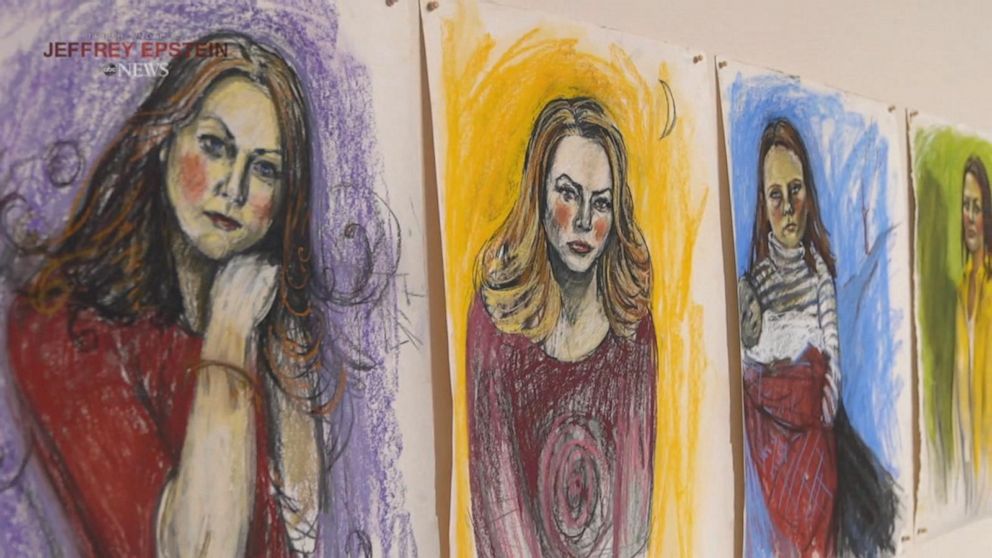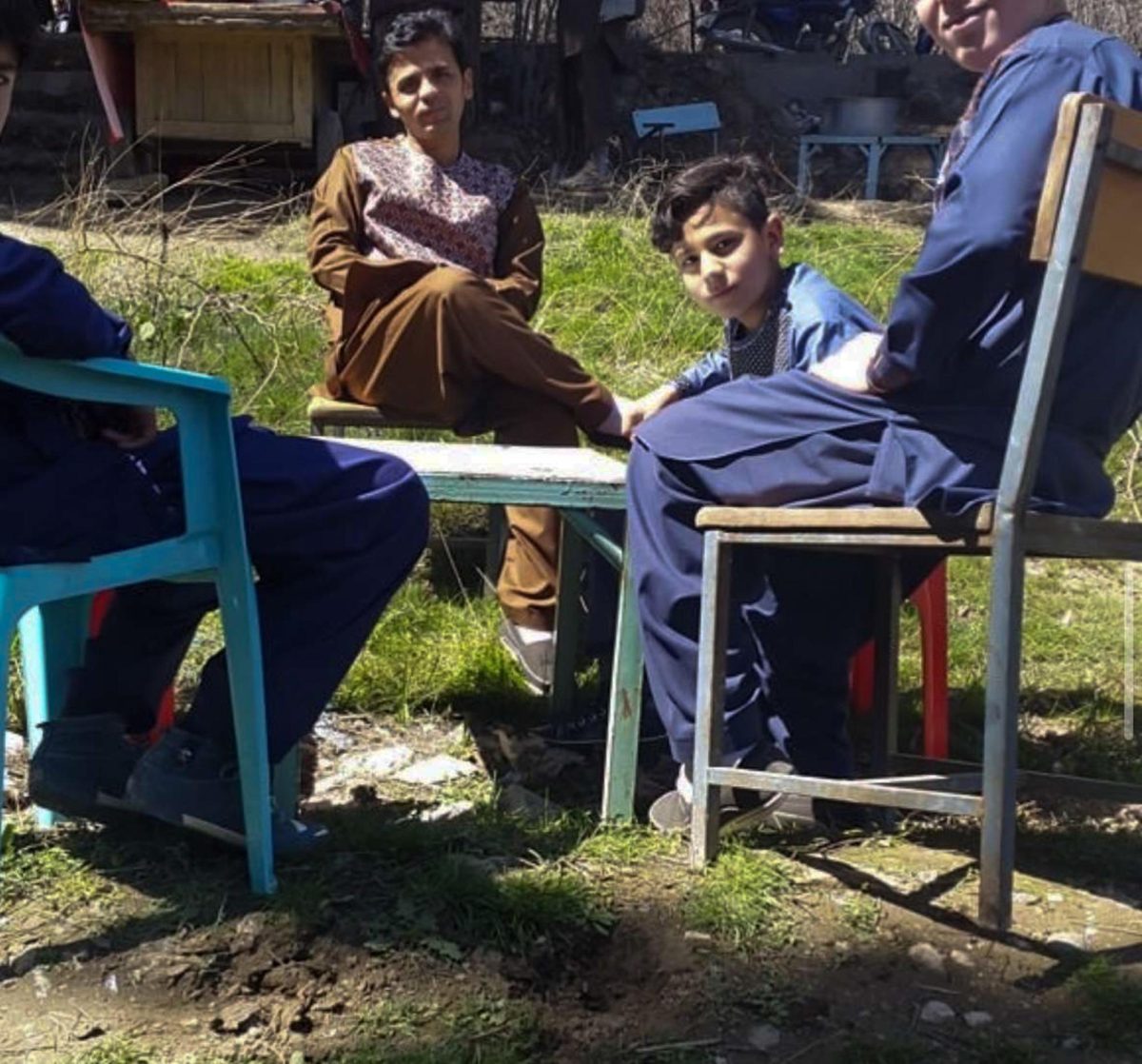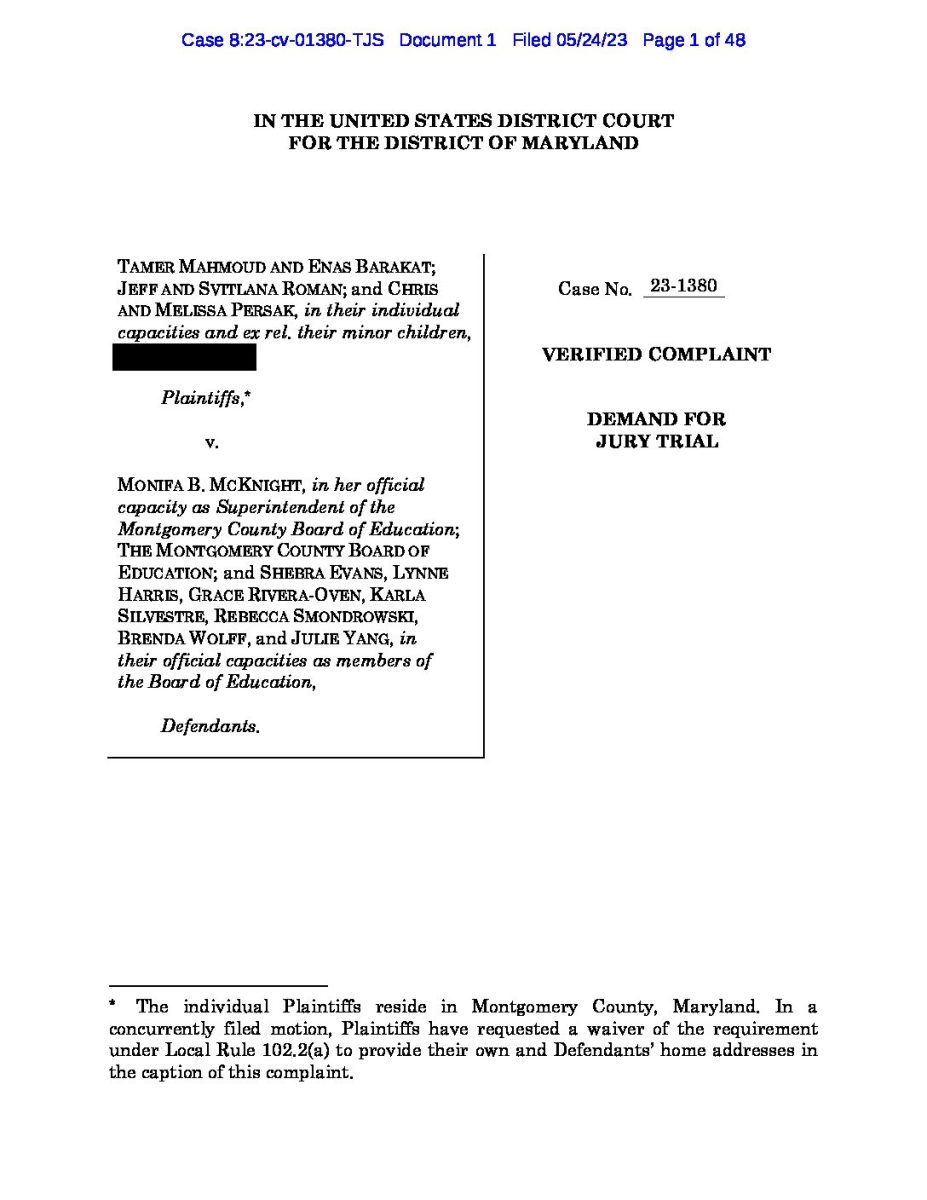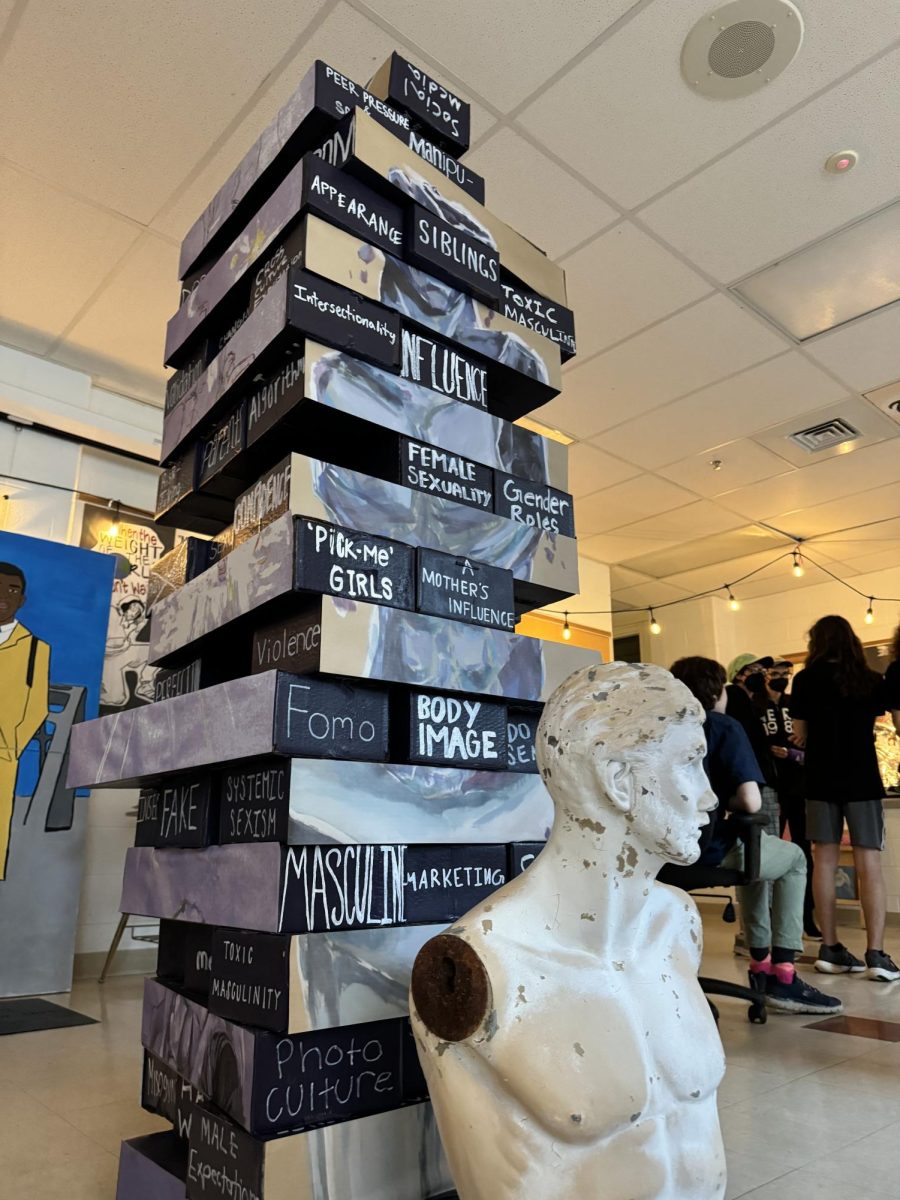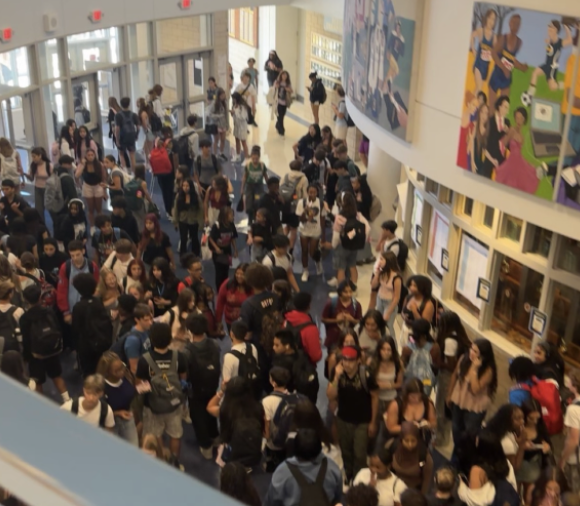Discover the captivating narrative behind the Complex City exhibition, shaped by students’ work from tenth grade Cultural Studies English classes and IB Anthropology. The exhibition, which premiered May 17 in Mr. Lopilato’s room, A308, promises an eye-opening experience for all attendees. From cardboard bricks towering over the classroom to a three-room escape room, it delves into the profound impact of cultural conflicts of teenagers who have far too often found themselves misjudged by society.
One of the organizers, Mr. Lopilato, shared, “This room is, for me, is sort of a temple to all those things that round out teen lives – the joys, the struggles, the anxieties, all that.”
Social psychologist, Jonathan Haidt, authored the best-selling novel, The Anxious Generation: How the Great Rewiring of Childhood Is Causing an Epidemic of Mental Illness, about the impact of excessive screen time on young people’s mental health. This book primarily defines teenagers by their screen time and phone usage, however the exhibition aims to challenge Haidt’s narrative by highlighting teenage identities and experiences that are far more multifaceted than their digital behaviors. “The book really oversimplifies your generation,” said Mr. Lopilato.
Specifically, the exhibition features sophomores’ MYP projects and IB Anthropology students’ projects, which are each tied to an elaborate theme that encompasses undermined aspects of teenage life. Their final products are displayed around the class, ranging from informative documentaries to one-of-a-kind art pieces.
Additionally, excerpts of essays produced by students for the Weight of the World exhibit, curated by American University, fill the walls. From historical figures like Joan of Arc to modern social media influencers like Sienna Mae, this part of the showcase helps to illuminate the enduring relevance of youth activism and advocacy.
Finally, when it comes to more recent events, the showcase has a section explicitly dedicated to last week’s lockdown – a traumatic event for numerous students. In this part, visitors are presented with worrisome texts that were exchanged by students and their families, as well as pictures of students’ reactions during the incident.
The exhibit captures both the depth of teenage experiences and celebrates the dedication and creativity of students. This helps to demonstrate their artistic and academic endeavors when reflecting upon the complexity of teenage life. The exhibition also serves as a means for students to have a voice, proving that their narratives extend far beyond the periphery of stereotypes.
“Generation Z was characterized and summarized long before you guys were born and it just continues to this day… thinking that there is one simple answer that sums up your generation is nuts,” shared Mr. Lopilato.














